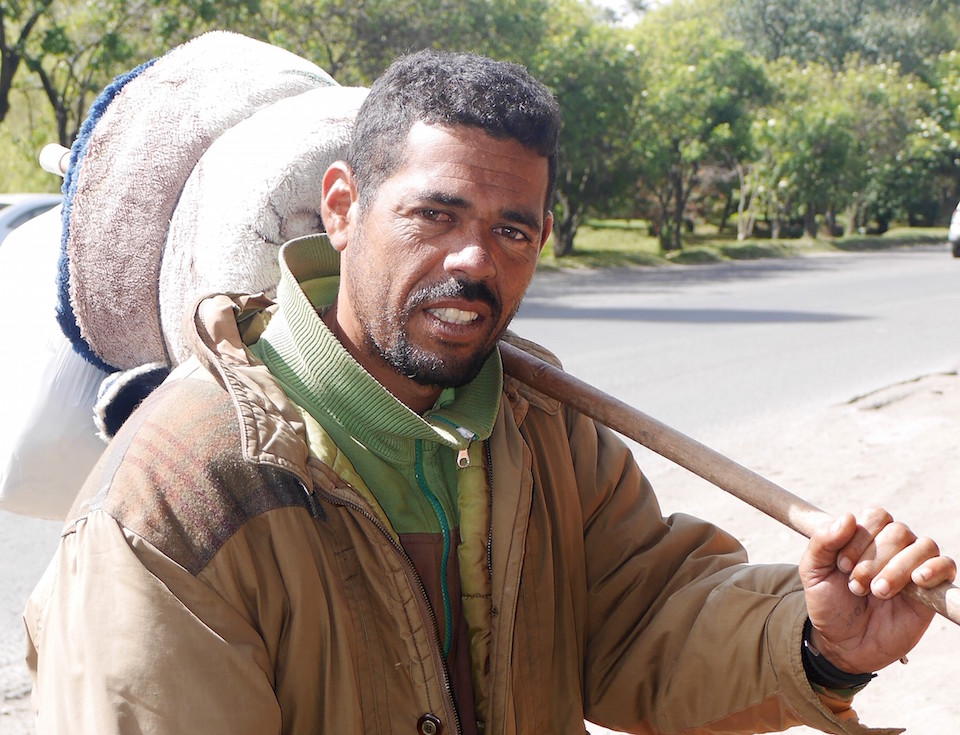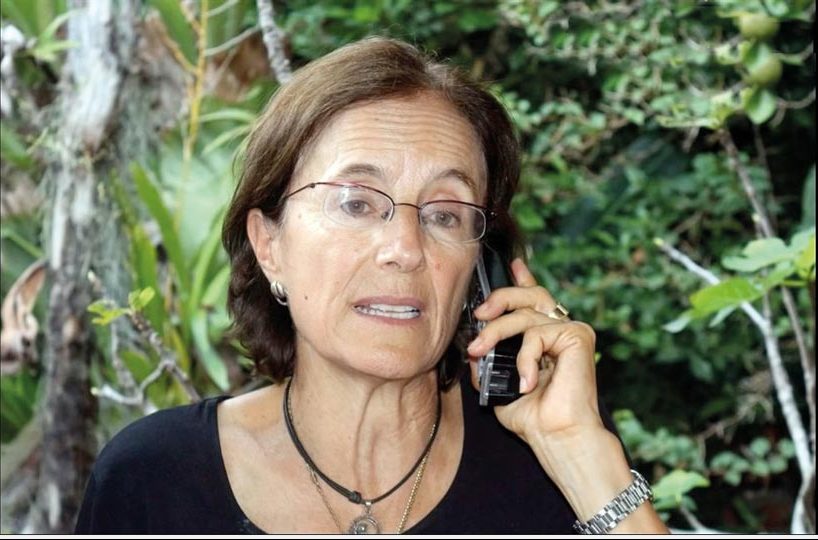
The number of reported cases of people being drugged in the city is increasing.
Death of doctor Fabián Herrera sparks concern about increase in escopolamina attacks throughout the city.
The death of Fabián Herrera has put escopolamina and similar drugs such as benzodiazepine that cause memory loss and high levels of suggestibility back in the headlines.
The 28 year-old doctor disappeared on May 29 after partying in the zona rosa. His body was later found in Usme, south Bogotá, with doctors putting high doses of clonazepam – a member of the benzodiazepine family – as the cause of death.
Also known as burundanga, ‘devil’s breath’ or even the ‘zombie’ drug, escopolamina is a tasteless and odourless drug that has been around since the 1950s. Particularly prevalent in Latin America, it can be slipped into drink or food, or even blown into people’s faces, inhibiting the victim’s willpower and leaving them helpless.
The drug depresses the central nervous system and takes effect about 15 minutes after consumption, causing disorientation and dizziness. The taker becomes very susceptible to suggestion and will also suffer from amnesia, in some cases losing all memory of the attack.
It is not uncommon to hear stories where victims have been found wandering the streets days later with no idea what happened to them. In some accounts, people are reported actively helping robbers to steal from their apartments or empty their bank accounts. In extreme cases the drug can kill people.
While they may not always be front page news, such stories are not unusual. In 2016, crime statistics from the Colombian police put the number of reported crimes involving escopolamina at 5,310, with about 20% taking place in Bogotá. The crimes included sexual attacks, personal injury, and robberies of individuals, houses, cars and mobile phones.
And, if figures from a report in El Tiempo are anything to go by, the number may be higher for 2017. Between January 1 and June 8 this year, there were 961 robberies reported involving the drug, up by 154 on the same period in 2016.
Escopolamina is made from the yellow, trumpet-shaped flowers of the brugmansia plant, which grows throughout the Andes. However, benzodiazepines (which have similar effects) are now more commonly used as processing the plant is expensive.
The best way to avoid this type of attack is to be vigilant and avoid leaving your drinks or food unattended. If you believe you have been drugged, make sure you report it to the police and seek medical advice to avoid long-term health damage such as blurred vision, depression, panic attacks and flashbacks.
By Emily Hastings





